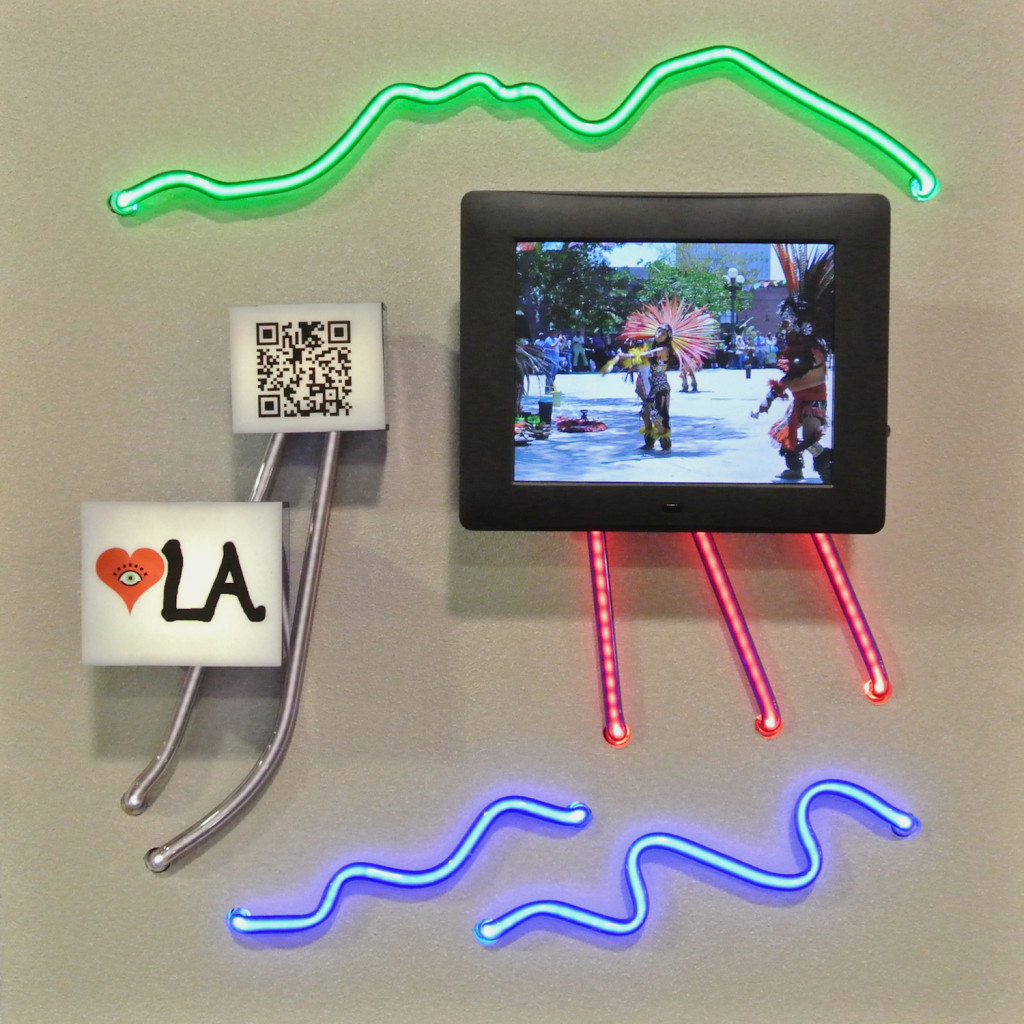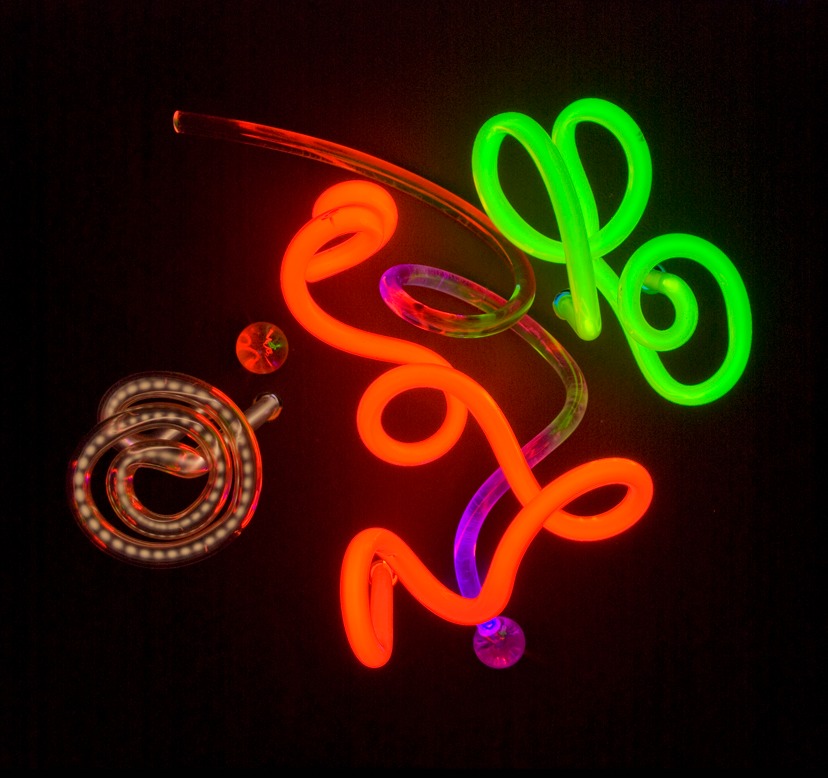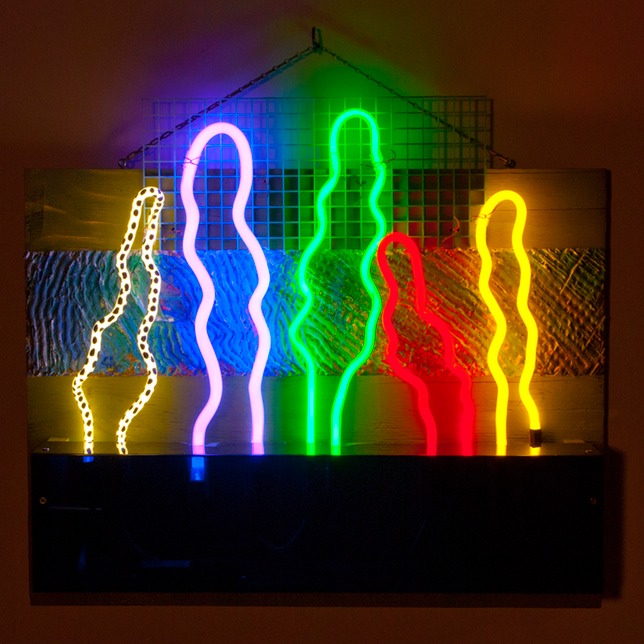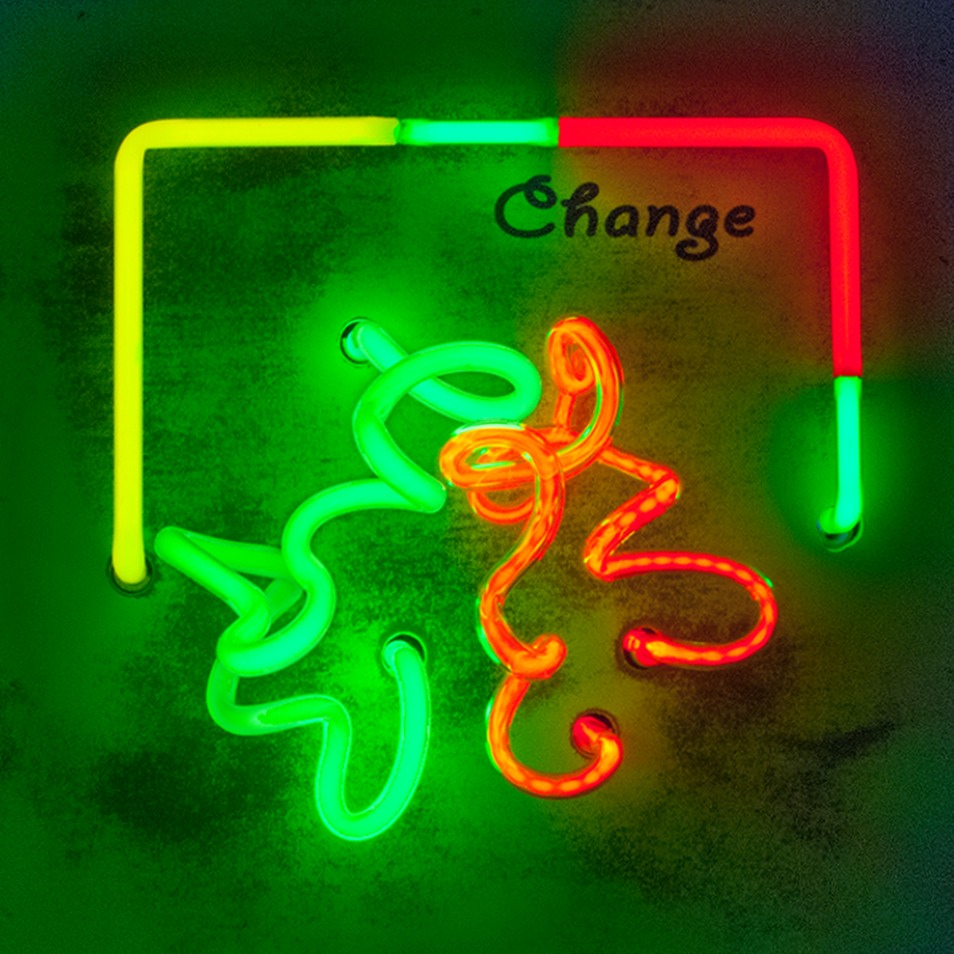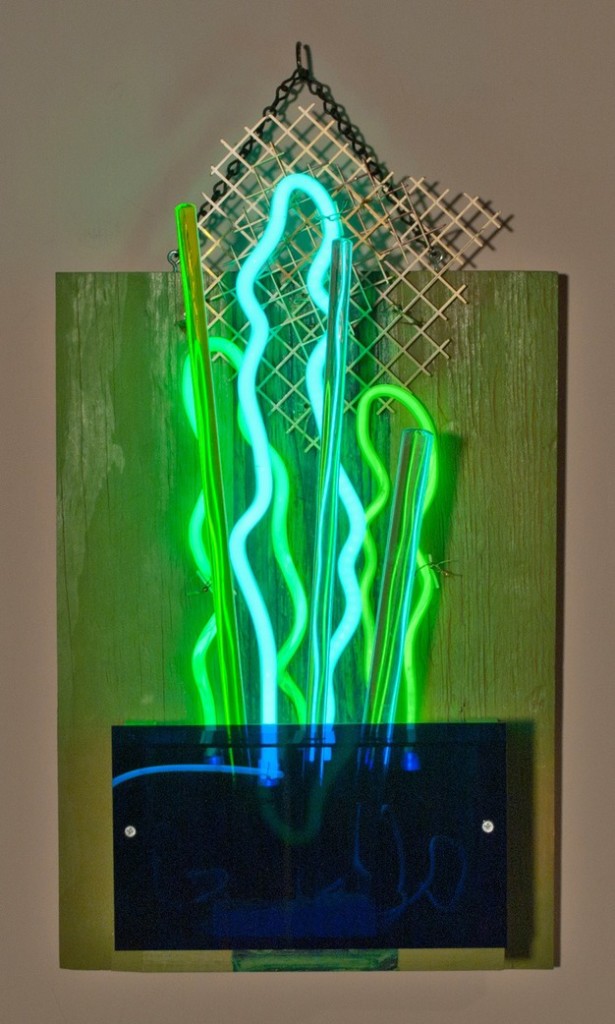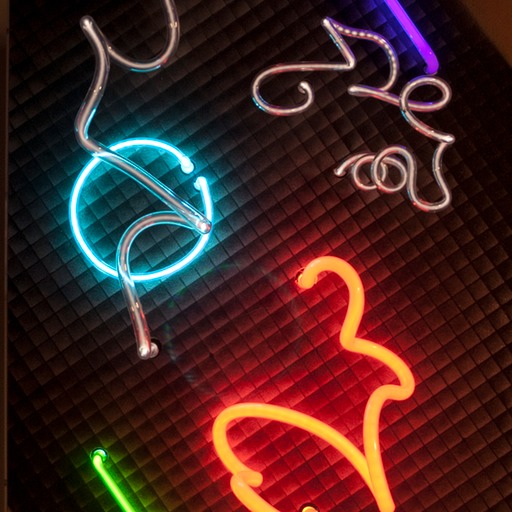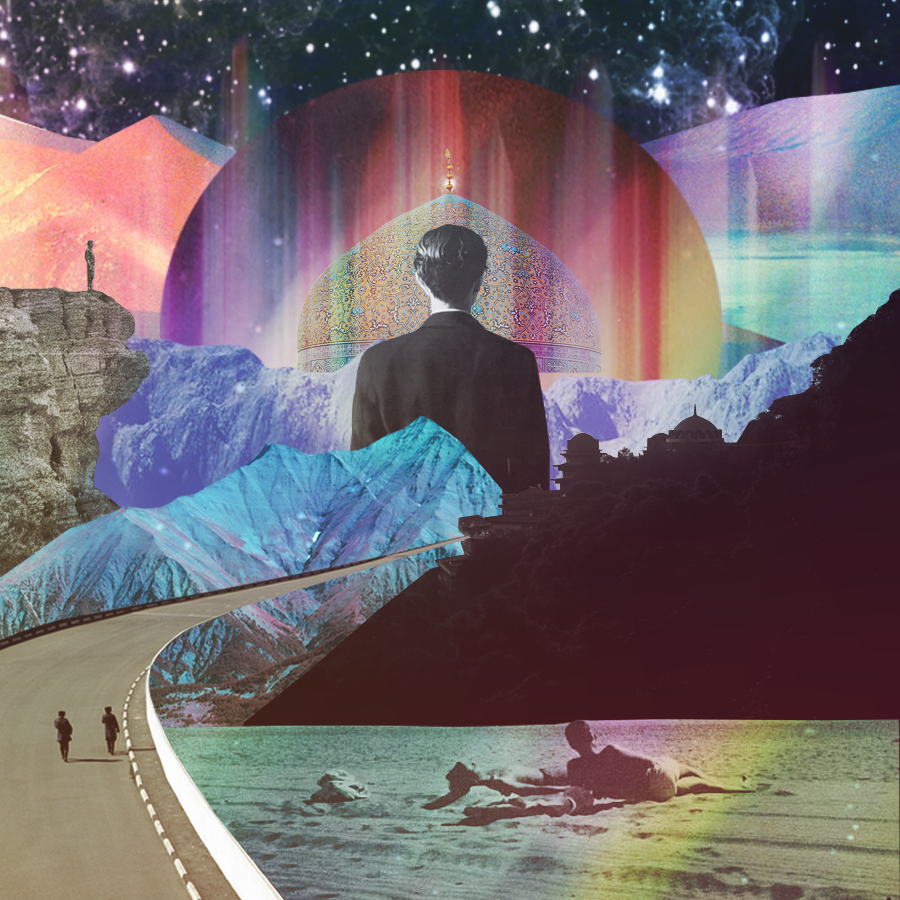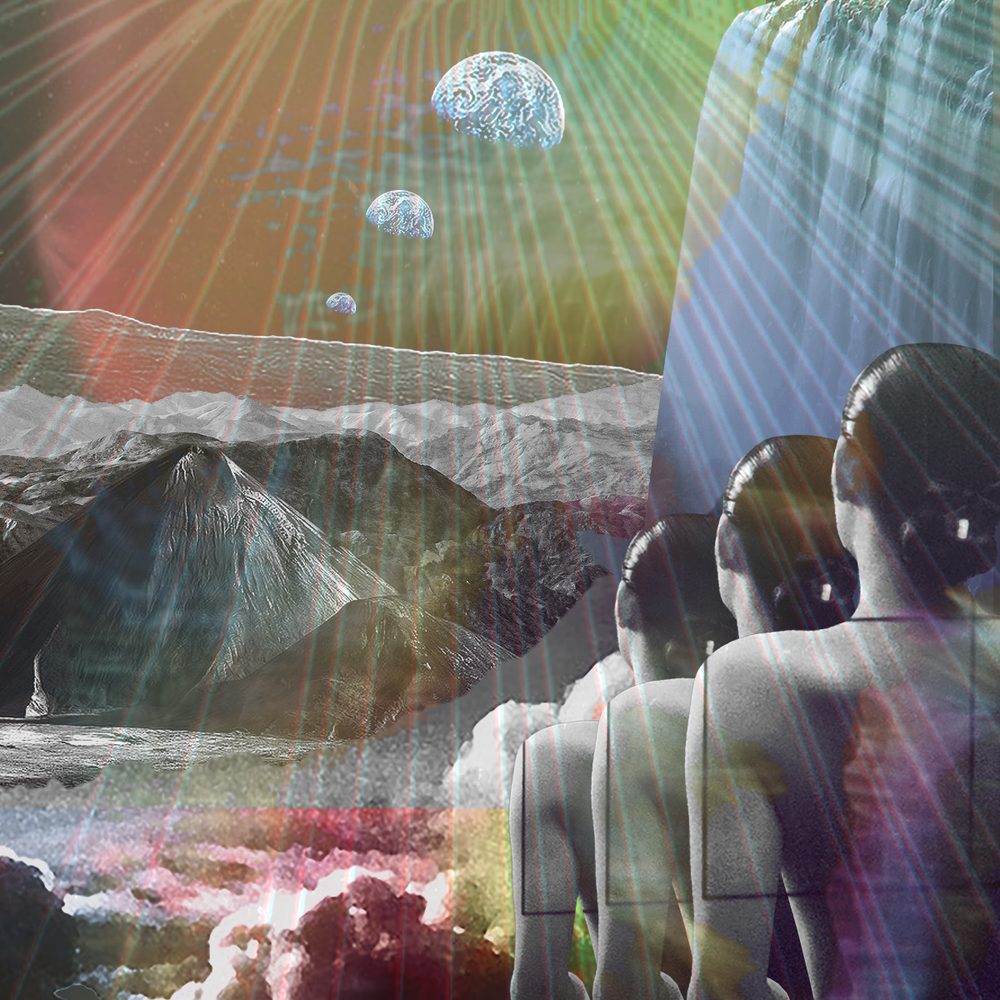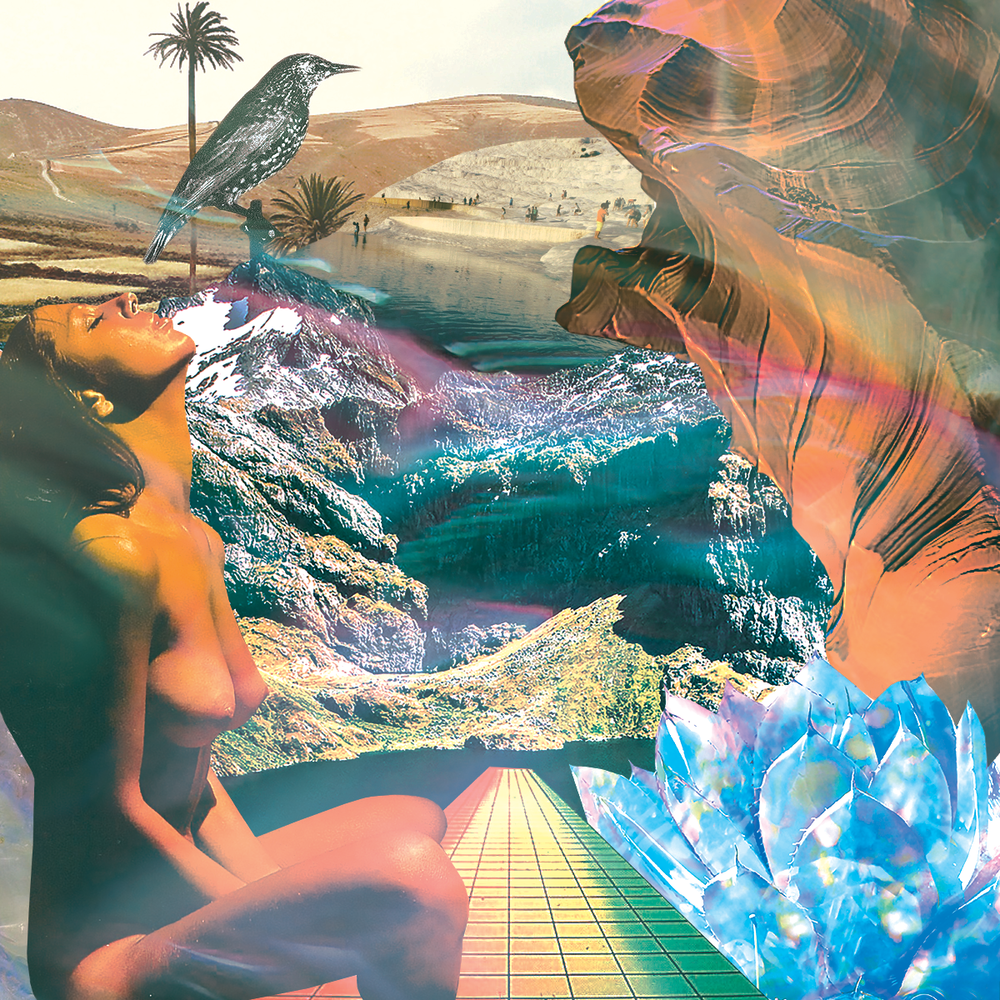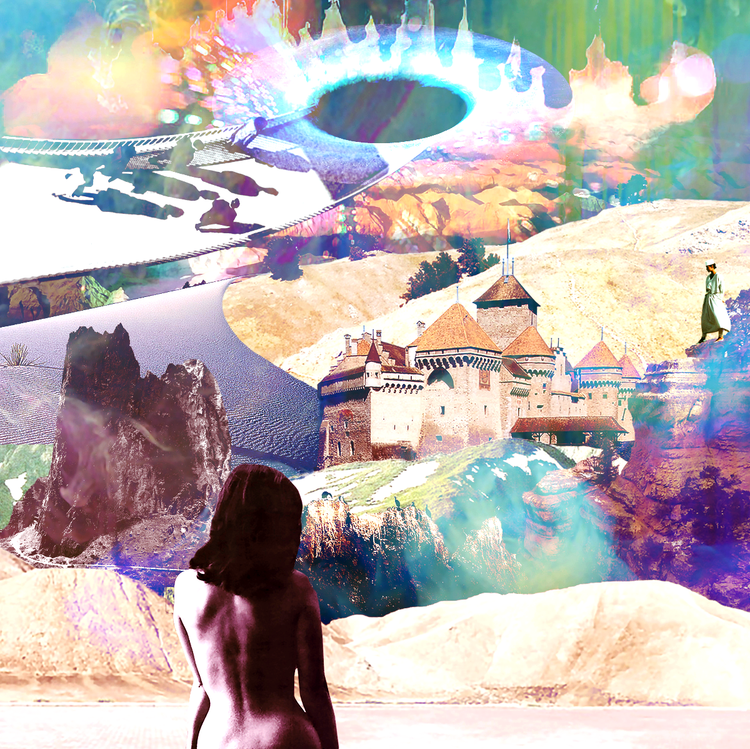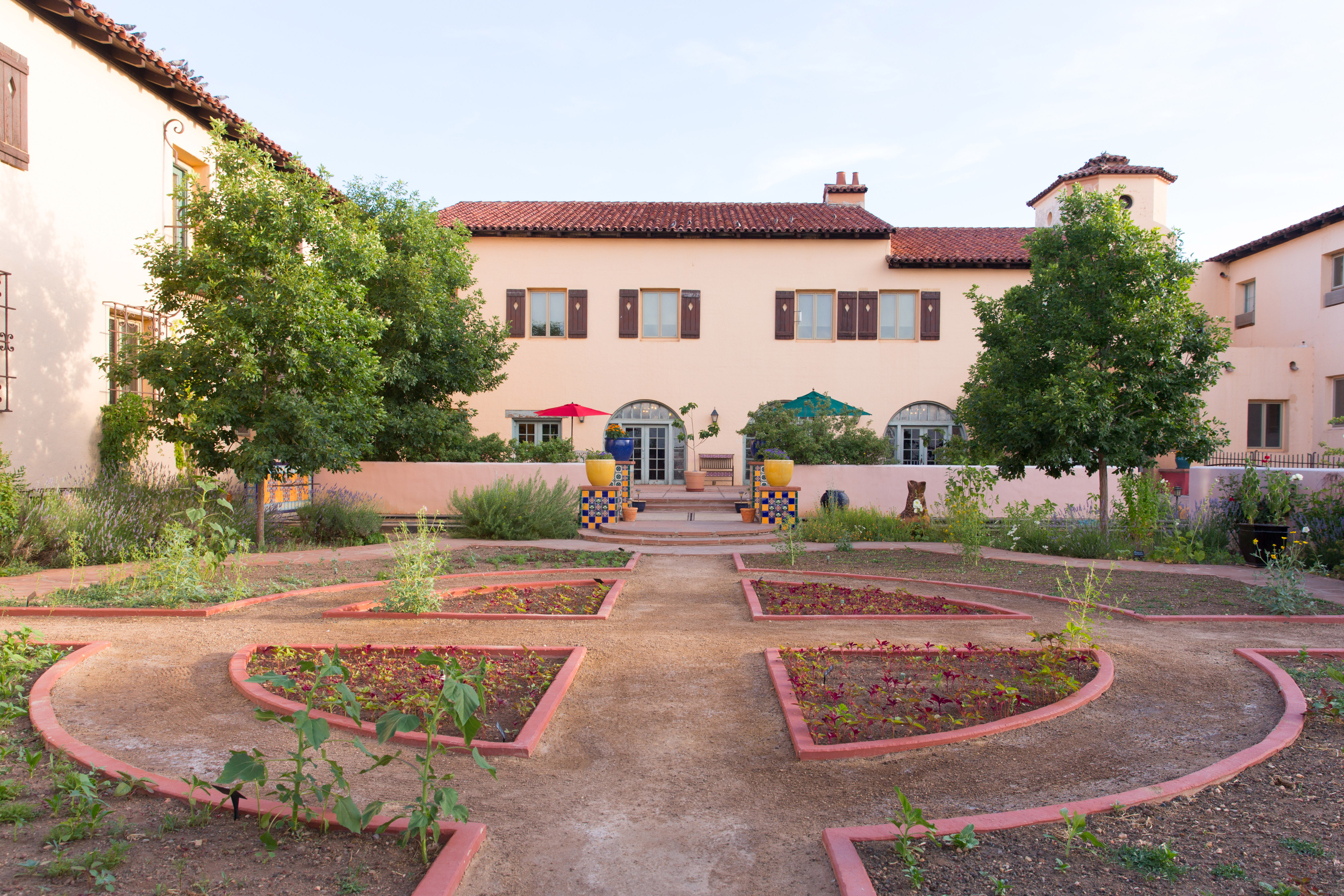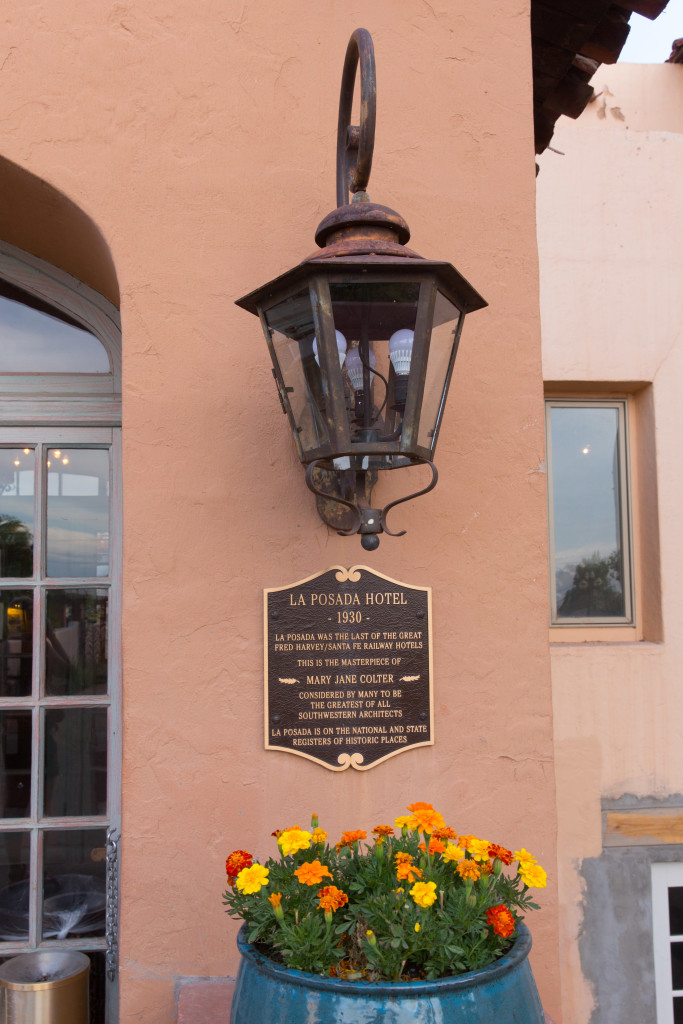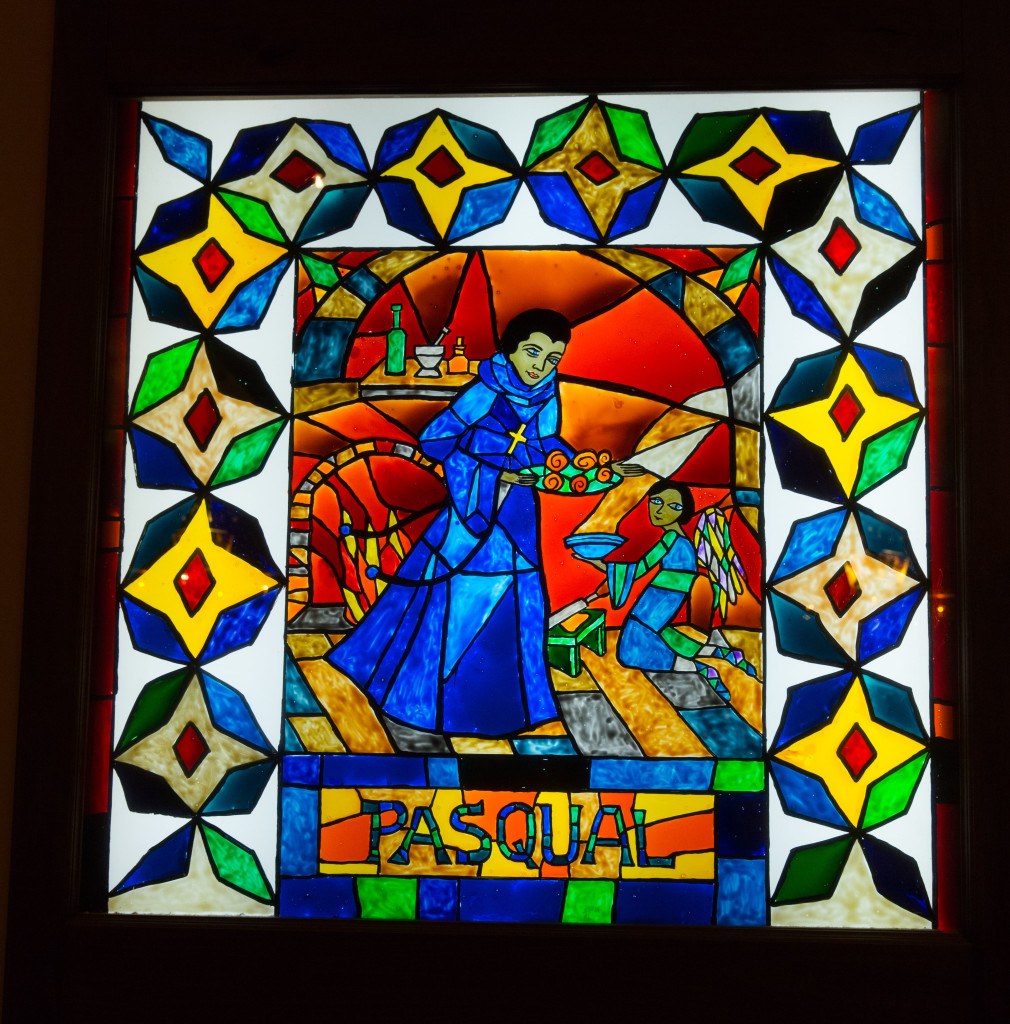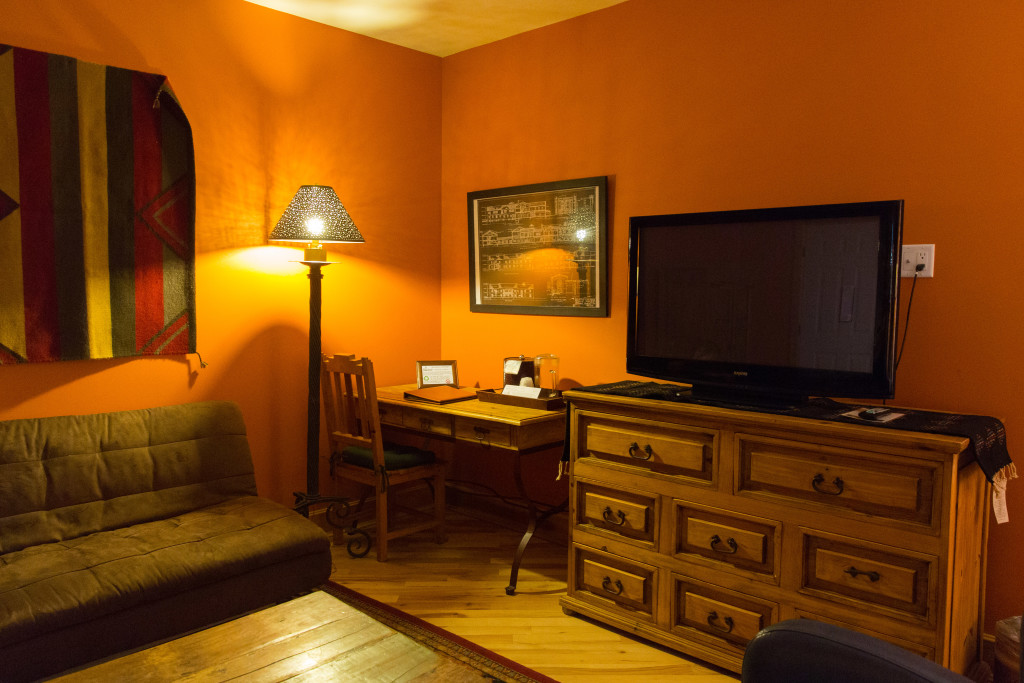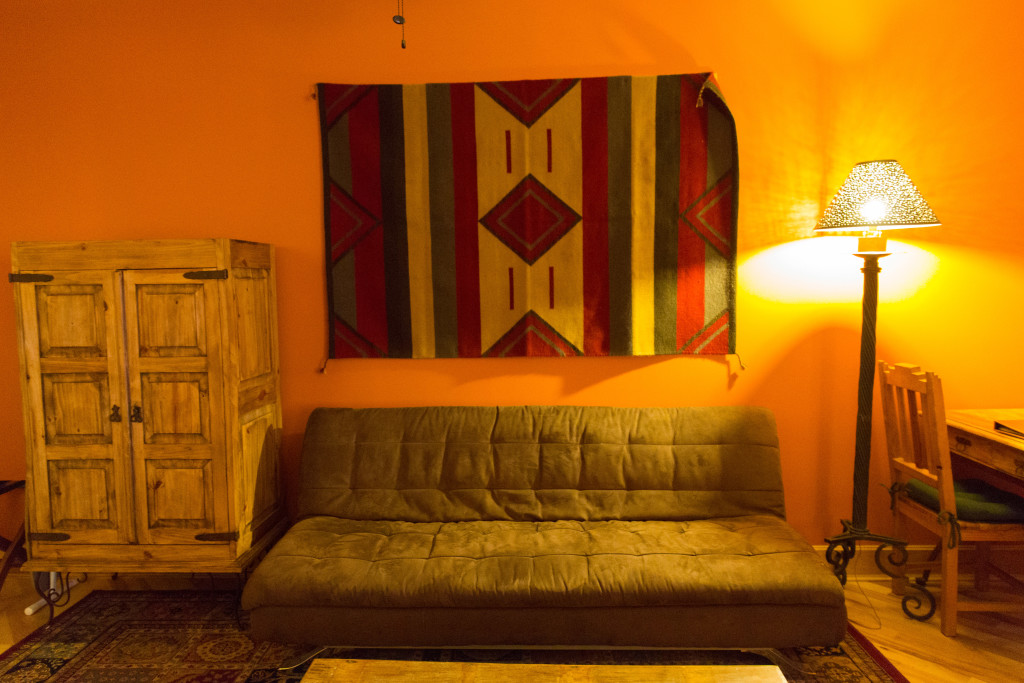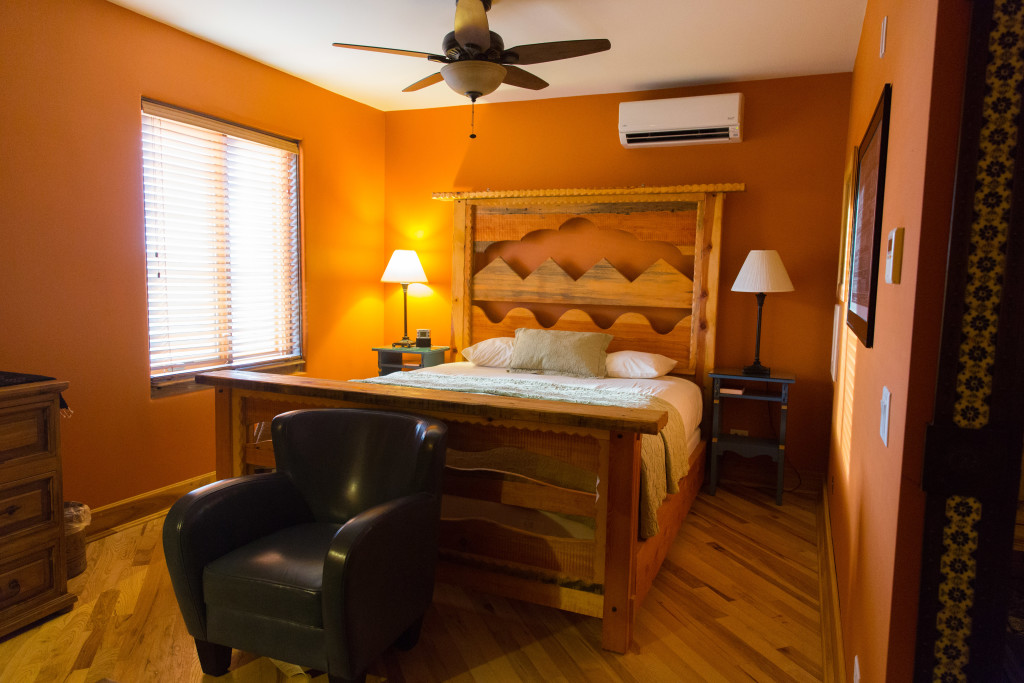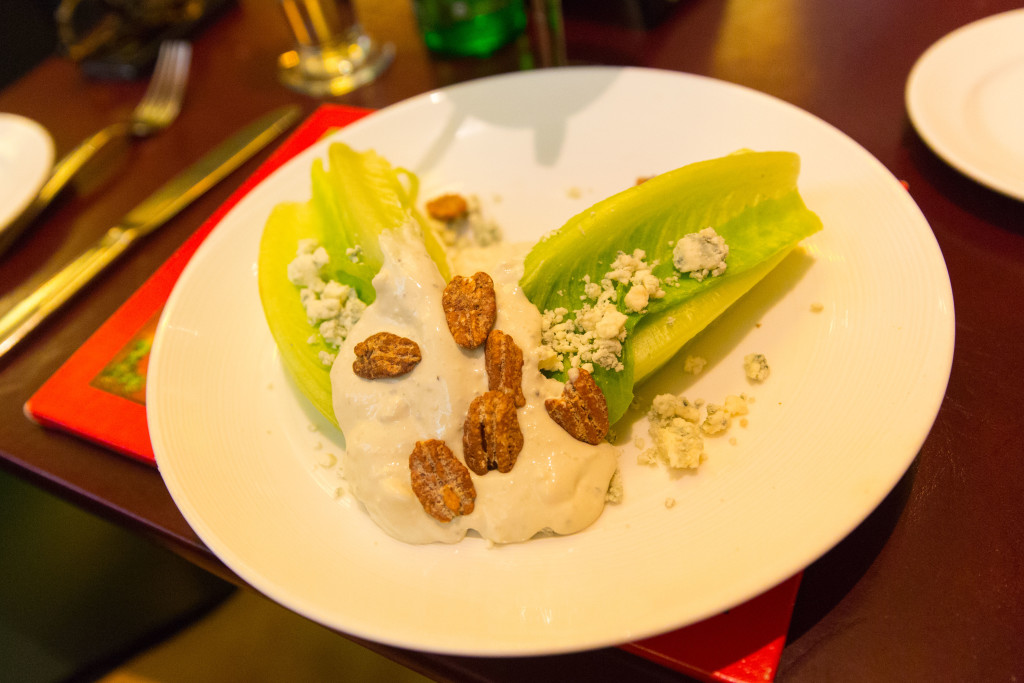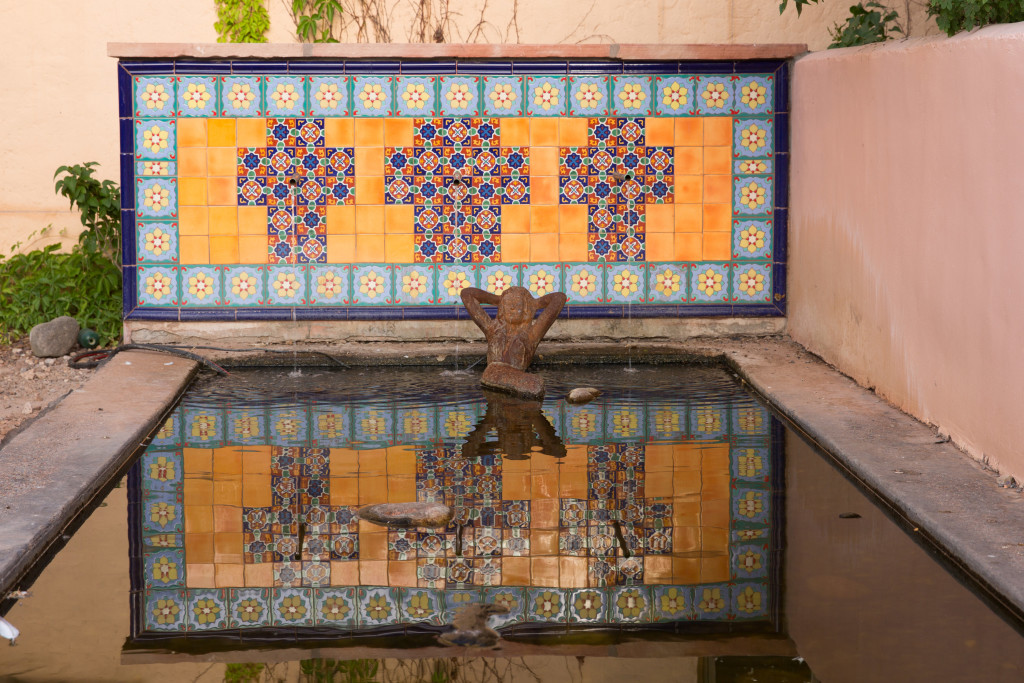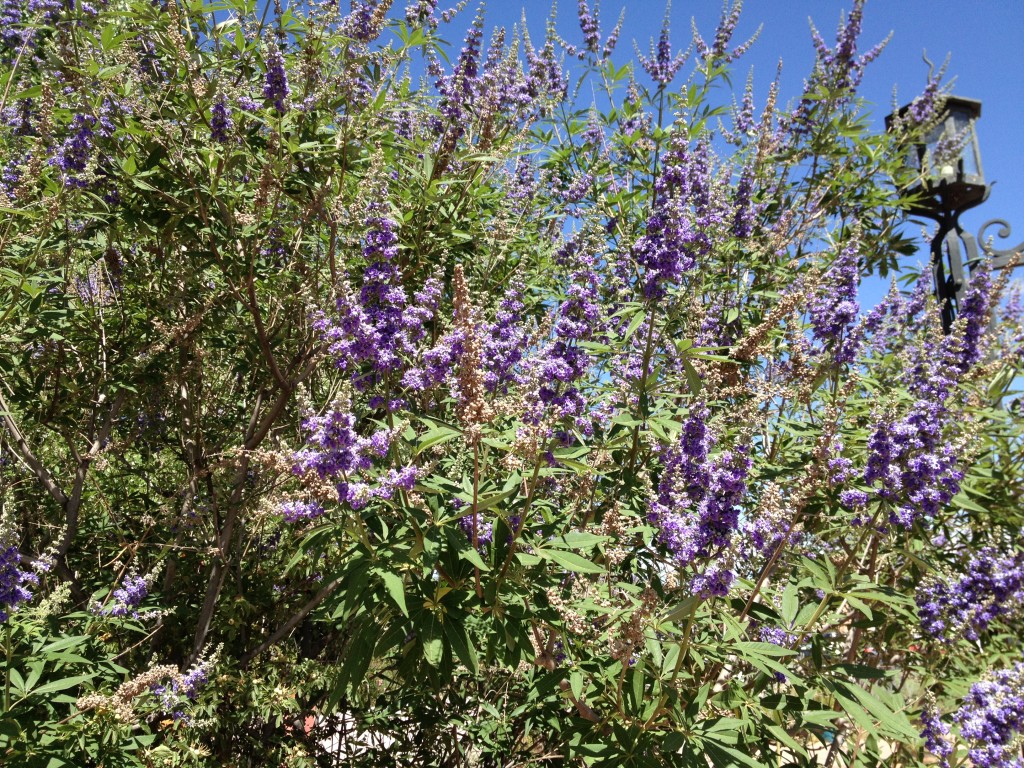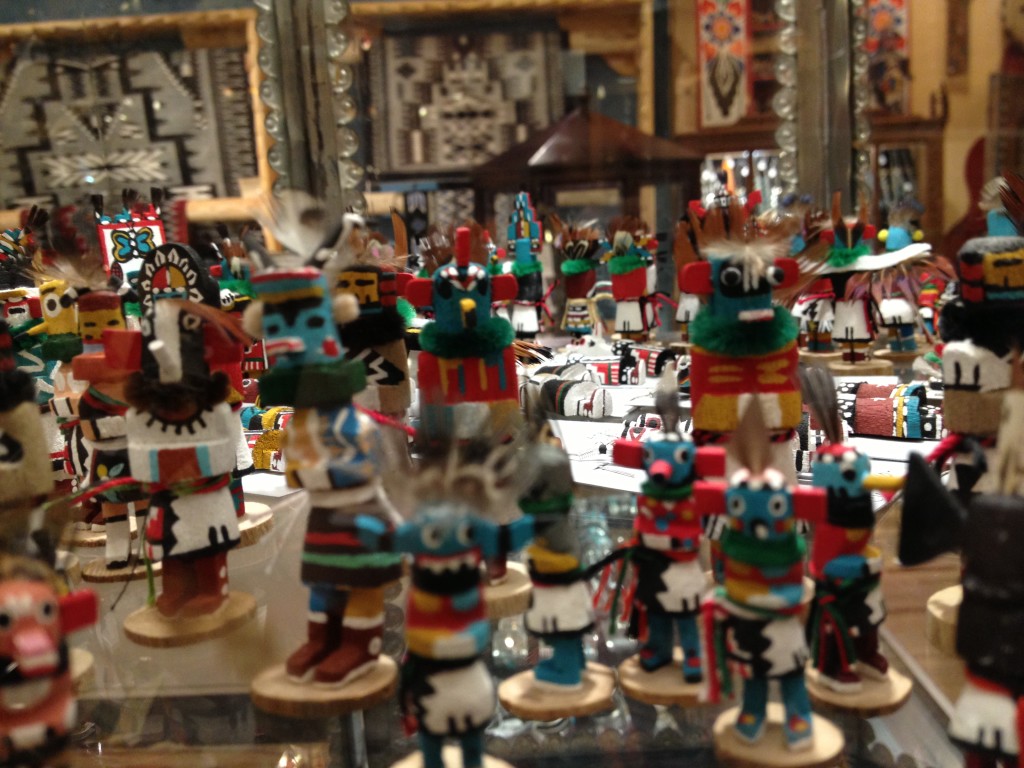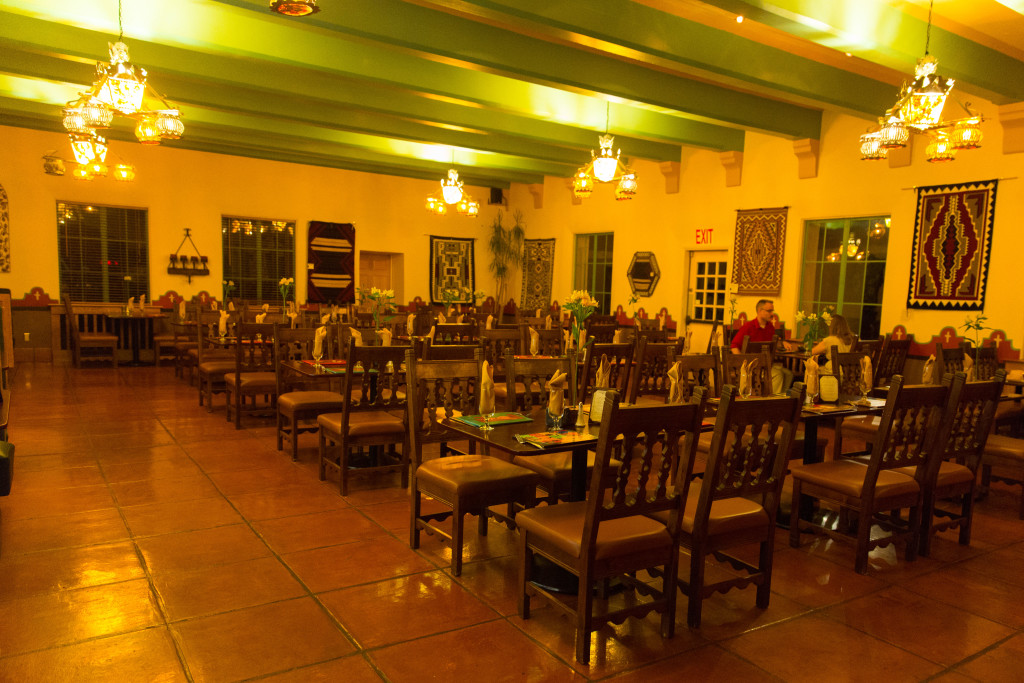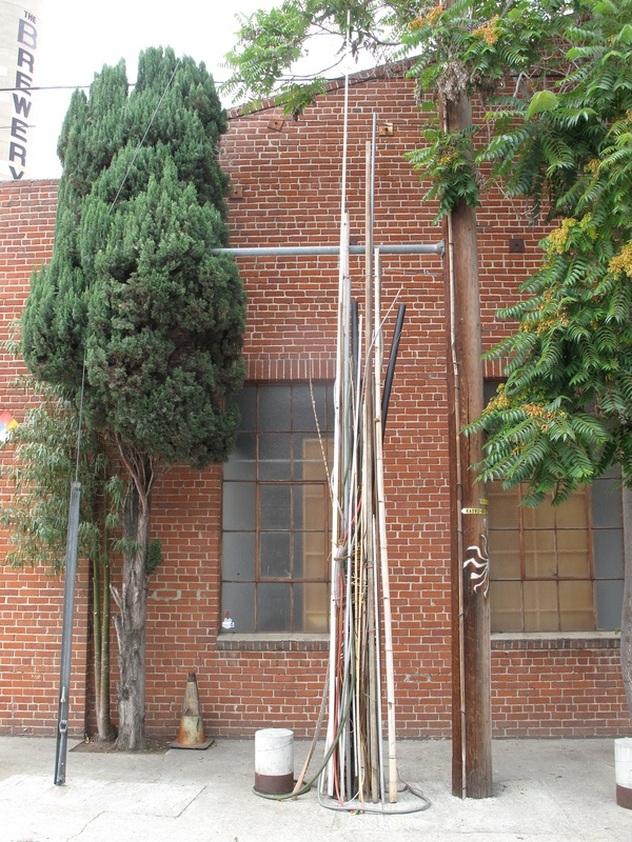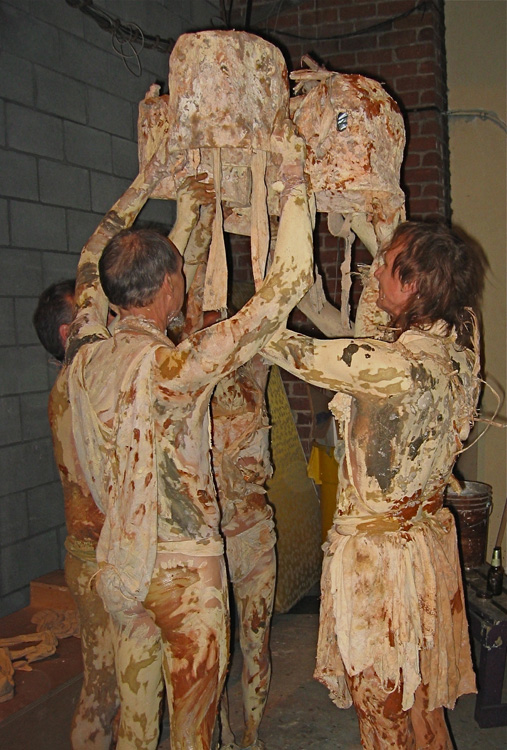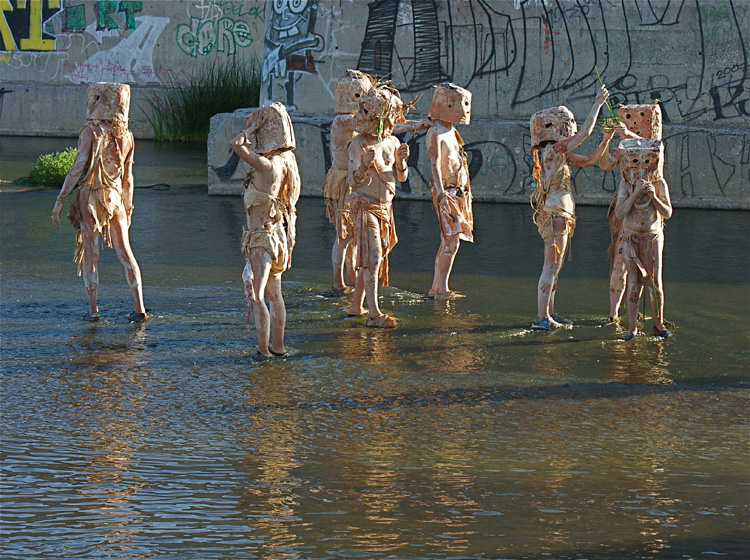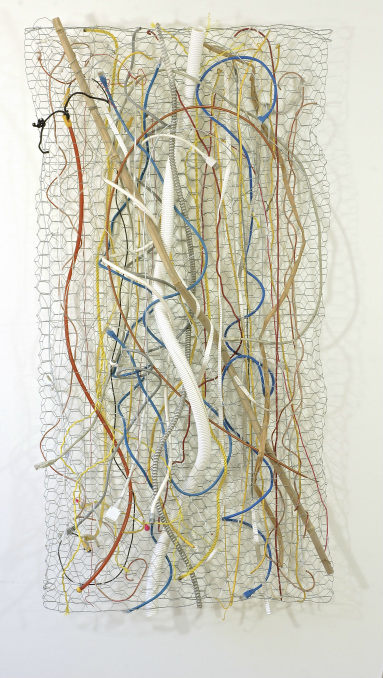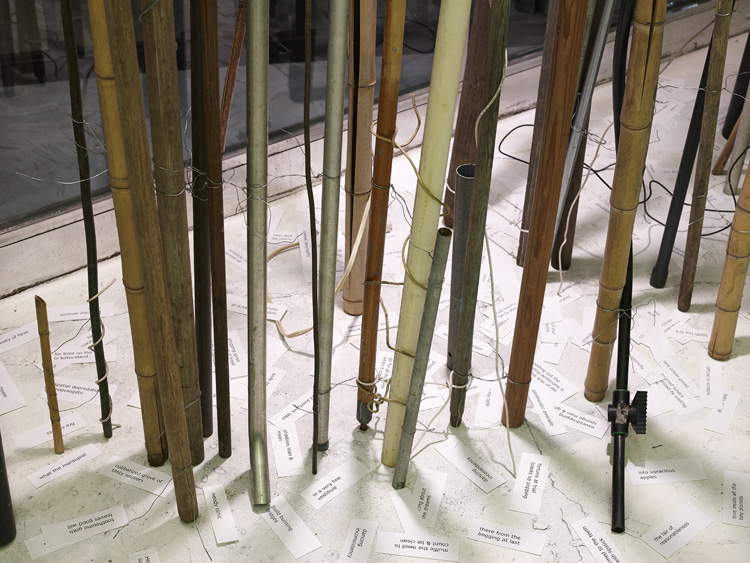Neon artist Linda Sue Price creates compelling, vibrant images that, in her own words, “mix form, light, reflection and texture.” Communicating through the fluidity of her glowing shapes, Price expresses her idea that change is the ultimate form of communication.
Her mixed media neon sculptures use free-form bent, unique abstract shapes. Whether using backgrounds that are simple and reflective or complexly textured, Price creates a visual texture that reflects the neon itself. She layers elements that enhance the glow and playful aspects of the neon, such as acrylic rods and patterned backgrounds. Her pieces have a depth that cast the neon tubes as living elements.
Such an approach may be natural to Price, who has been a neon-admirer since her childhood. She notes that “A visit to Las Vegas was always special because of the extensive use of neon all over the buildings. There was a palm tree in front of one of the casinos that I loved. Motel signs often had animation. I liked to look at them and try to figure out how the animation patterns.” Today, Price uses color as well as shape and background to make her pieces sing. While the initial color source is dependent on the gas itself, from neon’s red to argon’s purple, krypton’s white, and argon with mercury blue, colored glass tubing and fluorescent powders painted or baked inside the tubing create more color choices. She creates beading in the tube through the natural use of the gas itself, controlling it with small transformers that pulse the beading.
In Price’s “Solo Works,” her “Dancing Girls” show five caught-in-motion female forms undulating against a multi-textured background whose peaked pattern evokes the shape of a house, with the girls perhaps dancing on a metallic lawn in front of it. Green and purple light images are the largest, with red, yellow, and spotted white figures significantly smaller, as if these were girls of all ages, shapes, and sizes, their spirits as bright as the light that represents them.
Inspired by an article the artist read about the translation of Chinese poetry, Price’s “Words” series uses some of her own “favorite words such as Consider, Change and Pause.” In “Change,” nearly entangled green and red coils serve as yin and yang like figures, partially framed by bent tubes of yellow, green, and red over a softly mottled background. “Reveal” is a complex yellow coil, bright as the sun, partially framed by green and blue tubing that remind the viewer of grass and sky.
Price’s “The Garden” series stands as fresh and bright as the plant-like images she shapes. “Green Beans” contrasts stalk-straight blue and green tubes with curved blue and green shapes rising from a blue flower box. The images remind the viewer of a spring day, when all things are growing and possible. Price notes that the images in this series are crafted to “create a neon garden.”
Dedicated to the idea that it takes a great deal of discipline to stay focused in the moment, the artist’s “Stay in the Moment” series reflects her own necessary discipline in focusing on bending neon tubing. “The shape of the tubes express the joy of being in the moment,” Price says, and the viewer can see this beautifully illustrated in her rich orange, yellow, green, and blue “Wild Child,” for which she created a layout after bending the tubes. Her pink, red, and purple
“Pacific Sunset” features a reflective blue background that warms the neon tubes into a riveting sunset image. Two of the tubes bead through a pulsing transformer.
Evocative and ethereal in nature, the neon glow behind Price’s works stay in the viewer’s mind, their soft color and curved shapes imprinting like a new form of neon nature. Recently exhibiting Art + Science + Craft II at the Fine Arts Building in Los Angeles, Calif. , Price has upcoming shows in Long Beach at Arts Exchange, as part of an All Media Juried Exhibition at the Chico Arts Center in Chico, Calif., and also has two exhibitions planned at the TAG gallery in Santa Monica, Calif. before the end of the year.
- Genie Davis


